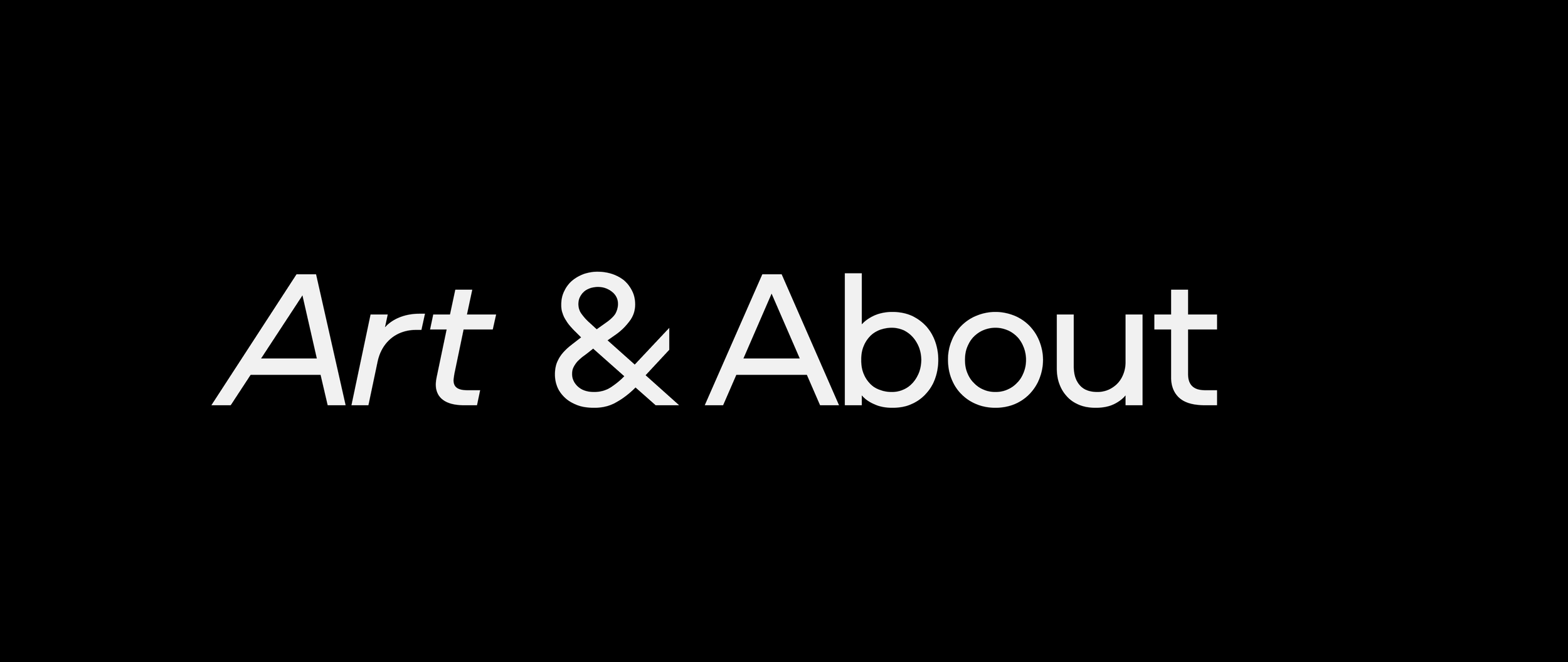Please join us for an exhibition thinking through themes of community healing, food, prayer and collaboration with the artist Susan Cianciolo. The lumber room has published a book titled This Cookbook is Made For the 5th Dimension for the occasion.
“I don’t believe in my name, or even in me existing.”
– Susan Cianciolo
Everything on earth is food: earth, water, fire, air, plant, animal, light. We eat rocks of salt, gulps of air, and forms of matter we can never digest, which we call fiber. Even our non-edible reality is our food: sound, touch, smell, vision, emotion, pleasure. All our senses require stimulation to remain finely tuned.
To navigate all of this experience, humans have created systems, usually based in religion, science, and spirituality. Ayurveda, for example, is a 3,000-year-old healing system from India, meaning “science of life.” Like western medicine, it involves doctors and medicine, but Ayurveda is also intended to be practiced at home, casually, by anyone. The philosophy of Ayurveda can be realized in cooking, daily routine, movement, prayer, hygiene, reading, herbs, self-massage, attitude, clothing, and every aspect of one’s life that can be named. It is a system for living fully.
Art can also serve this purpose, presenting a means for understanding all of our experiences and making our way through the world. In this way, art serves as an alternate system to the many rigid systems that invade our lives, including those ever pervasive governmental, academic, and industrial ones. An art system favors imagination over intellect, intuition over dogma. It uses observation, like science, and belief, like religion, but it makes no great distinction between the two. Instead of rules and dictums, it provides questions to be considered throughout the day: What do I eat? What do I wear? How do I live? How do I see? What do I feel? For artists who create such systems, the fundamental art is not the object but the network of principles that support it. At its best, the art object is an expression of these principles, these perennial patterns of reality as understood by the artist.
For three decades, Susan Cianciolo has been intuiting her own holistic art system. During this time, she has focused on the most fundamental art forms of culture: clothing and food. These are materials we all understand. We cannot escape them. We need them to survive, and so, naturally they ground everything Susan does. They are the foundation to her system. Sometimes she may entangle them — serving food at fashion shows, designing clothes for cooking — but in some form, they are always present.
Like Ayurveda, Susan’s system understands the home as the locus of human life. Whenever I’ve visited her studio, it has always been at the very center of her home, literally, in what might be called the living room. This is conveniently adjacent to her other studio: the kitchen. But unlike most living rooms, Susan’s is always open and free of furniture. Paintings lay on the floor, drawings hang on the wall, clothes drape on racks, and handmade pottery sits on a windowsill.
In her exhibitions, Susan recreates this home studio with shed-sized structures of skeletal wood, art spread out on the floors or dangling from above. They look like chapels and attics but they feel like tree houses and secret forts: the small homes-away-from-home where children are allowed to escape and create their own private systems. This is how Susan invokes another one of the fundamental art forms: shelter — what the professionals call architecture.
Because of the studio’s central location in the home, Susan’s daughter, Lilac, is often around, doing homework, telling jokes, or collaborating on art with Susan. Now into teenagehood, Lilac has been Susan’s continuous collaborator nearly since her birth. It’s unlikely to attend any of Susan’s events and not find her daughter present in some form. Lilac’s art is mixed in amongst Susan’s paintings. She serves food. She mingles. She appears in photographs. At this point, she is inextricable from Susan’s work, because she is woven into Susan’s life. This is Susan’s expression of yet another fundamental art form: parenthood.
Parenting is a high-stakes kind of performance, created for a captive audience. Like art, it is done by each person in a singular way, and, at its root, it is a process rather than a product. The pianist Glenn Gould once said,“The justification of art is the internal combustion it ignites in hearts in men and not its shallow, externalized, public manifestations. The purpose of art is not the release of a momentary ejection of adrenaline but is, rather, the gradual, lifelong construction of a state of wonder and serenity.” One could say the same thing about parenthood.
This is how Susan transforms white-walled gallery spaces into a place of warm home energy: she introduces you to her family and she arranges her work like a picnic. She gives you clothing for dressing up, and when she hangs her paintings on walls, they look less like a collection of finished, rarefied pictures than portals into their maker’s ongoing process. Seeing a show by Susan is like stepping into someone’s home for the first time, witnessing the intimate artifacts of a life as it is being lived.
And yet Susan’s gestures are not entirely cozy. “Domestic” is not the right word here, with its whiff of complacency. There’s something transgressive in the way Susan flagrantly disregards the boundary between home and art. It’s a simultaneously vulnerable and stoic attitude she maintains, revealing but never pandering. You feel this in the rawness of the work, its imperfect corners and relaxed seams. These are not just materials, of course, but artifacts from an entire system of art.
~excerpt from This Cookbook is Made For the 5th Dimension introduction by Ross Simonini
Visitor Information: Open Fridays 11-6pm and weekly by appointment at info@lumberroom.com
